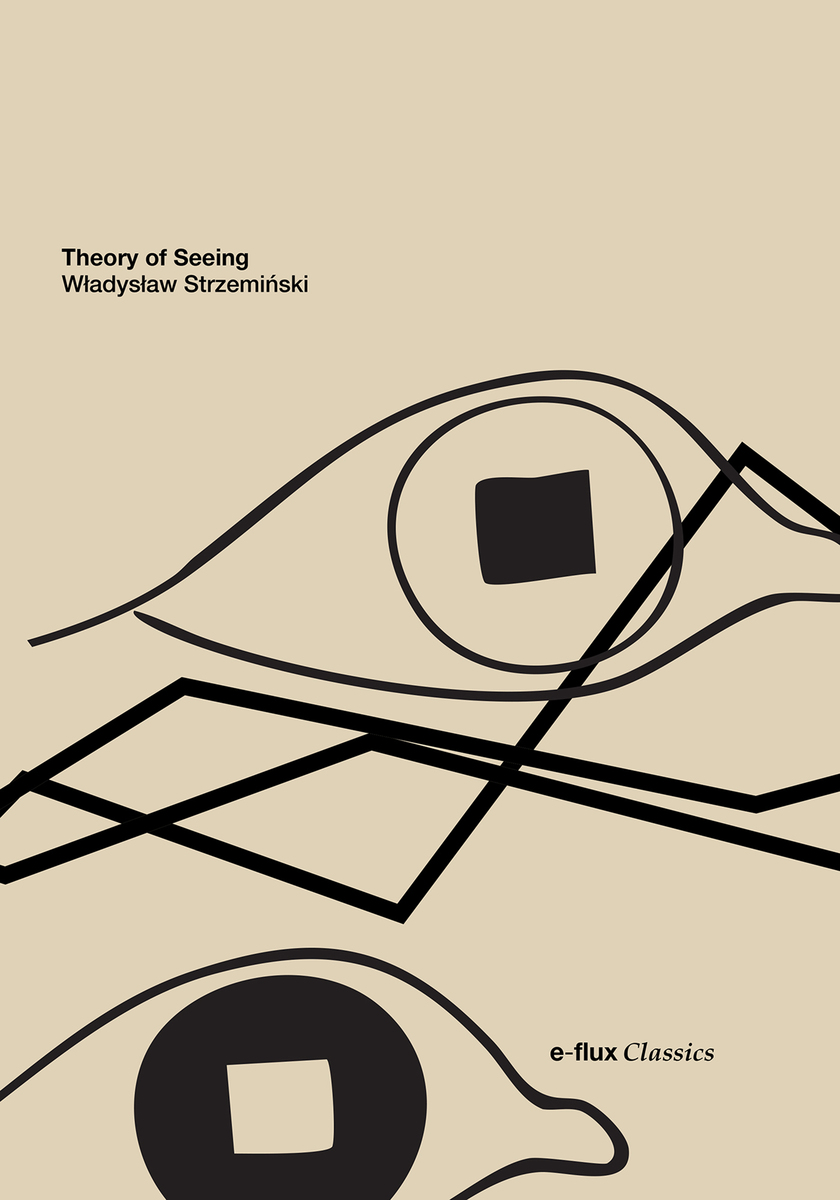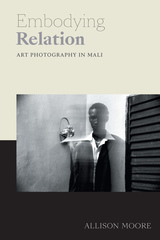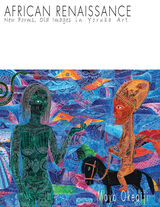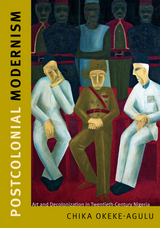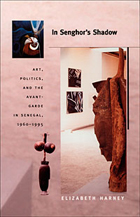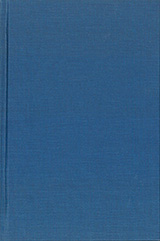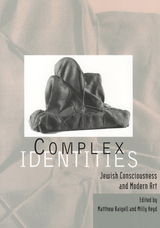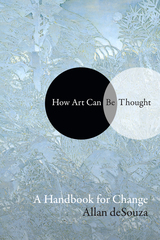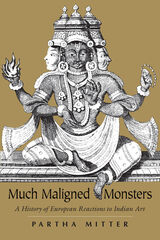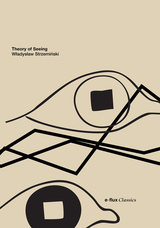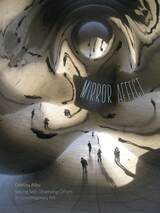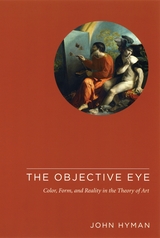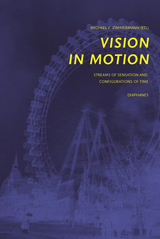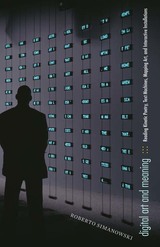Cloth: 978-1-5179-2080-7 | Paper: 978-1-5179-2081-4 | eISBN: 978-1-4529-7572-6 (EPUBMOBI)
Library of Congress Classification N7430.S8913 2025
Dewey Decimal Classification 701.8
The first English translation of a radical and influential theory of art by a leader of Poland’s avant-garde
After World War II, socialist realism became the official state doctrine of art in Poland, with abstract works deemed counterrevolutionary and forbidden from public view. Władysław Strzemiński, a leader of the Polish constructivist avant-garde, developed a treatise of visual consciousness as a foundation for progressive art, emphasizing art’s autonomy. His application of Marxist aesthetics to the physiology of seeing is expressed in Theory of Seeing, which was published posthumously in 1958 by his students from notes collected from his lectures.
Preceding the comparable perspectives developed by Jacques Rancière, David Hockney, and John Berger, and even the cinema of Jean-Luc Godard, Strzemiński’s Theory of Seeing introduces the radical and groundbreaking ideas of one of Poland’s most important artists to English-speaking audiences for the first time.
See other books on: Aesthetics | Composition (Art) | Criticism & Theory | Seeing | Visual perception
See other titles from University of Minnesota Press
